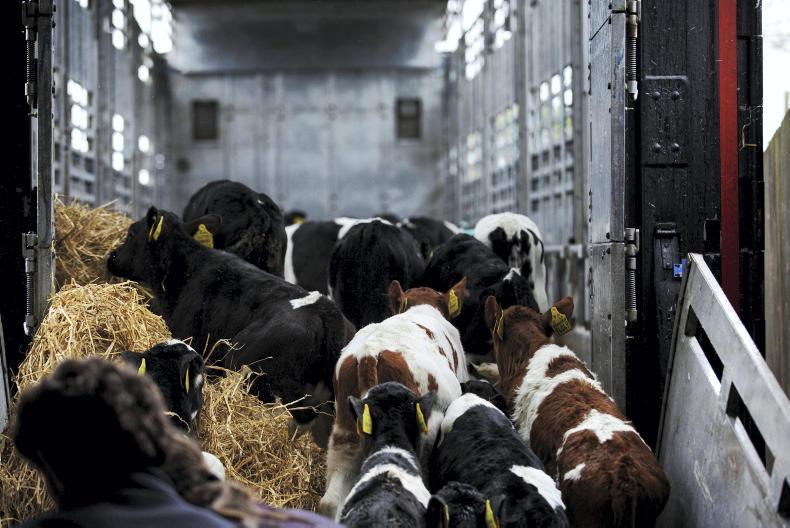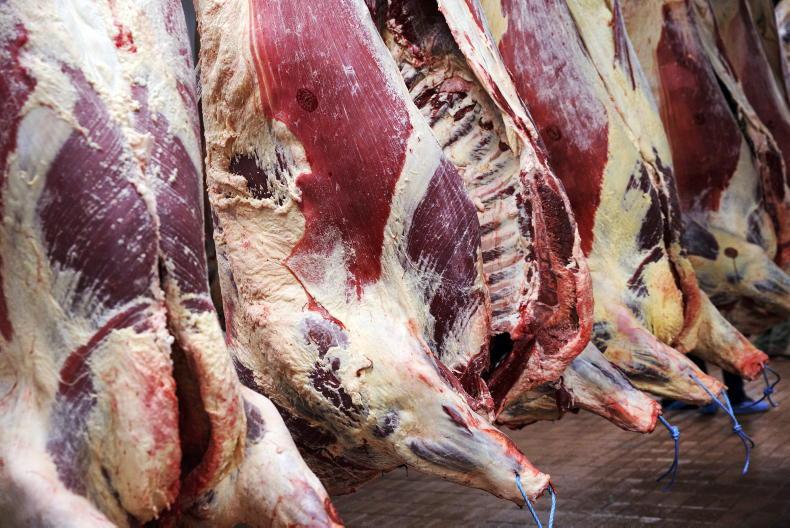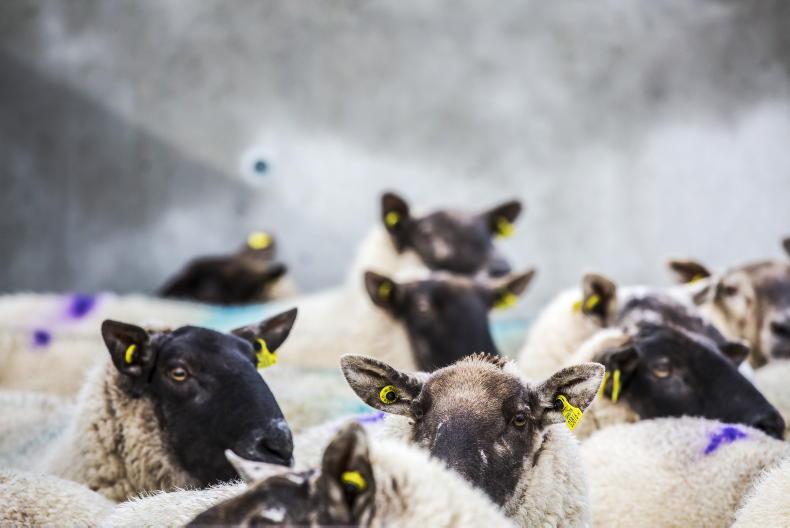The 2018 beef kill finished the year with throughput of 1,798,289 cattle, the highest level for 20 years. The kill was driven by the national cattle herd running at record levels, while lower live exports in 2016 and 2017 and drought also had an effect in increasing supplies.
Growth in the national herd is not a new phenomenon and is being underpinned by rapid expansion in the dairy herd.
Figure 1 shows Irish dairy and suckler herd numbers, along with the total number of cattle in the country between 1975 and 2018 and annual live exports.
The current dairy herd of approximately 1.4m cows is approaching its highest level since the mid-80s, but is still some way off the peak of 1.52m head recorded in 1984 before milk quotas put a halt to what was then the country’s fastest growing enterprise.
Growth commenced in 2010 as dairy farmers put preparations in place for life after milk quotas and accelerated in advance of the milk quotas being abolished in spring 2015. Figure 1 clearly demonstrates this growth, with birth registrations increasing by a massive 430,000 head in the period 2010 to 2018.
Industry forecasts point to dairy birth registrations increasing by a further 30,000 to 40,000 head in 2019, while longer-term forecasts raise the potential of the dairy herd exceeding its peak of 1.52m and reaching 1.6m head in the coming years.
Kill hits 2m head in 1999
Last week’s beef kill story touched on record throughput of 1,985,019 in 1999 standing out on its own to the tune of 200,000 head. However, it did not delve into the exact factors contributing to such a kill. The factors can be grouped together into two distinct factors, a collapse in live exports to third countries and a period of colossal growth in the country’s suckler herd.
Looking at live exports first, the 1970s, 1980s and early 1990s were characterised by large numbers of cattle leaving Irish shores.
The trade was often turbulent, but it was not uncommon for up to 10,000 store cattle being loaded on boats in any particular week. The trade in the 1970s and previous years was built on live exports to the UK.
At the end of the 1970s and early 1980s, a surplus of beef cattle in Ireland developing on the back of dairy herd expansion was described as putting pressure on markets right across the EU, with export refunds introduced in the early 1980s to incentivise exports to third countries.
The move had the desired effect, with Irish exporters quickly developing trading lines with Egypt and Libya the main market destinations. Exports to Egypt were particularly volatile in the late 1980s and early 1990s. After a period of no exports, they recovered to reach 171,987 head in 1993 and 255,643 head in 1994.
Export refunds were cut in late 1995, which started to put pressure once again on live exports to Egypt, but the real blow was an outbreak of BSE in the UK in March 1996, which had detrimental consequences on the beef trade in Ireland, cumulating in a ban on live exports to Egypt in January 1997.
This coincided with live exports to Libya ceasing after exports of 37,960 head in 1994, 81,420 in 1995 and 32,972 in 1996.
This left a lot more cattle on the Irish market instantly and occurred at a time of huge growth in the national cattle herd.
Looking back to Figure 1, it shows a meteoric increase in the Irish suckler herd. With dairy expansion curtailed by quotas and the introduction of the Suckler Cow Premium and Ewe Premium Scheme, the focus rapidly changed.
The suckler herd multiplied from a position of 419,000 suckler cows in 1984 to just shy of 1.2m cows in 1998.
The dairy cow herd was in a state of decline at this stage, but numbers reduced much slower than suckler cow numbers increased, with the dairy herd falling from 1.52m head to 1.198m head in 1998.
This left the total number of cows in the country at its highest level of 2.395m head in 1998.
The increase in the cattle population added to 1999 throughput levels and the intense pressure on the trade and lower prices also brought about a reduction in both the dairy and suckler herd, which added in the region of an additional 50,000 cull cows into the mix.
It is ironic that 20 years later policy decisions at EU level continue to have a massive influence on shaping the Irish suckler and dairy herds, with total numbers now similar to 1998 and 1999, although the big change is the switch in downward pressure on dairy numbers to the suckler herd.
Live exports continue to operate in a time of uncertain market conditions in non-EU countries and the threat of restrictions on the live export of animals.
Table 1 and Table 2 detail the latest AIM herd inventory as of 1 November 2018.
The number of suckler cows on Irish farms has fallen under the 1m head mark, with birth registrations to suckler cows falling by over 40,000 head and likely to fail to reach 900,000 head.
Beef production
Last week’s article on the beef kill reaching its highest level for 20 years also generated much debate on the volume of beef produced.
With average carcase weights easing in recent years, many thought the volume of beef produced would be much lower than in the 1990s and early 2000s. However, this is not the case, with carcase weights much lower at that stage, as detailed in Table 3.
Exact carcase weight figures are not readily available for 1999 and 2000, but they are similar to the immediate subsequent years, while carcase weights have not been finalised for 2018 at time of going to print.
The higher volumes of beef produced and our reliance on the UK market are of particular concern given the uncertainty that remains with Brexit and the risk of the UK leaving the EU in a no-deal scenario.
Live exports need to be higher
Figure 2 details live exports by category since 2007. Live exports have increased by about 50,000 head in 2018, with the increase underpinned by calf exports rising by over 55,000 head.
However, exports have been running at a relatively low level given total cattle numbers in recent years, with just 145,235 cattle exported live in 2016 and 188,344 in 2017.
Calf exports in these two years were recorded at 72,708 and 101,567 head respectively, with farmer purchasing activity putting a strong floor under the market and higher prices limiting the scope for exporters to operate and generate a return. This in turn increased the availability of coming fit for slaughter in 2018.
The increase in calf exports in 2018 is very positive, but needs to continue to rise if it is to have any significant affect in lowering total cattle numbers.
Live exports of calves were recorded at 158,996 head in 2010, while exports of weanlings reached 68,516 head, stores hit 51,593 head and finished animals were recorded at 59,861.
This occurred at a time when there was over 700,000 fewer cattle in the country and the cumulative total of 338,966 had a lasting effect, with the beef kill recorded at less than 1.4m head in 2012.
Incidentally, this was the catalyst for calf prices increasing significantly which has also had a lasting effect on the potential returns generated from dairy beef systems.










SHARING OPTIONS